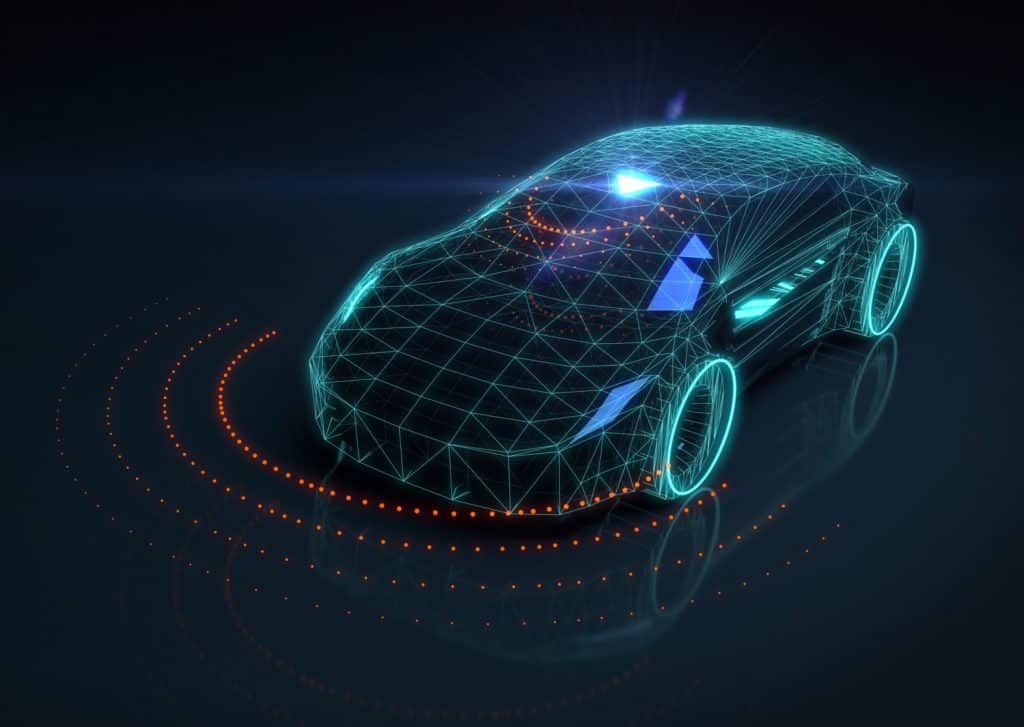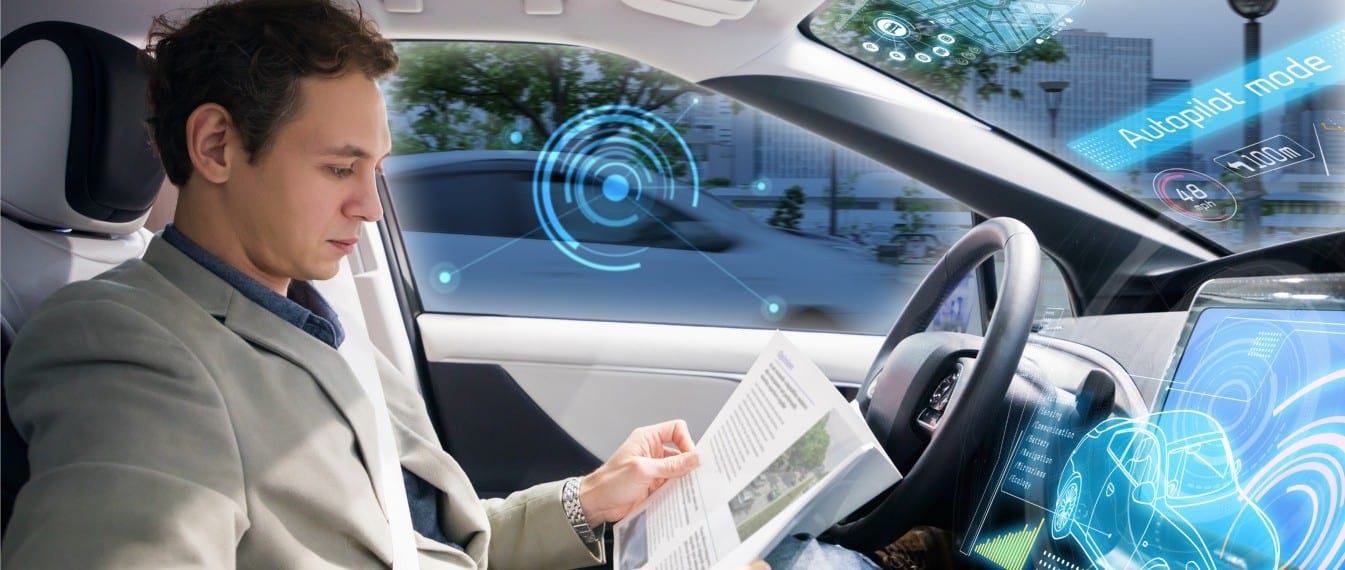A Brief Overview
The industrialist and engineer Henry Ford pioneered the mass production of cars in the early 1900s. By World War One, his Detroit assembly lines were turning out almost half a million vehicles a year. Ford’s innovation and business genius made car ownership an affordable reality for millions of Americans and transformed society and the economy in the process.
Ford’s revolutionary approach to design and manufacturing was a benchmark in the history of the automotive industry. He exploited the technologies of the time to maximum effect and combined them with an almost intuitive understanding of consumer demand and marketing. Although electricity was one of the keys to the successful manufacturing process, electrical components were basically absent from early vehicle designs.
The demands of World War Two drove the research and development of electrical components, but the new technology filtered down to civilian industry relatively slowly. Prior to the 1950s, only 1% of vehicle components were electric – usually dashboard radios.

You may also be interested in:
A systematic assessment for flame retardants
Innovation Meets Meatless Meat
Moving Forward with Electric Cars
There were technical improvements such as electric alternators and ignition systems, and America’s post-war confidence was reflected in bigger and more ostentatious cars, but basic vehicle designs remained unchanged.
The 1970s saw another revolution in the automotive industry as Japanese and US manufacturers competed to integrate new electronic and computer technology into the next generation of vehicles.
Key goals were increased fuel economy, enhanced vehicle performance, better driver safety, and overall convenience and user satisfaction. With the development of the lithium-ion battery, electrically powered cars suddenly became a viable proposition.
Today, electric vehicles are a mainstream product that is gradually winning consumer confidence. They are predicted to gain a larger market share until they effectively replace vehicles powered by fossil fuels.
There is now a significant public will to reduce the carbon footprint and also to improve air quality and reduce noise pollution, particularly in major cities. Many countries will also be relieved to reduce their dependence on expensive oil imports. Demanding regulatory rules in many EV markets are setting challenging key performance indicators for the entire electric vehicle manufacturing industry. Any company that can meet – or outperform – these KPIs is at a clear advantage over its competitors.
As we approach the threshold of 6G internet availability, there is a potential for autonomous (driverless) electric vehicles that would have been considered science fiction even a generation ago.
Trends in Electric and Autonomous Vehicles
The cost of producing lithium-ion batteries for vehicles has reduced sixfold over the past decade. Mass production of high-quality electric cars isn’t just viable, it’s rapidly closing the gap with the manufacturing costs of traditional diesel and gasoline-propelled cars. Tesla and Mitsubishi pioneered the market – and Tesla grew exponentially on the back of its research. ICL is further transforming the market with its innovative range of lithium iron phosphate (LFP) batteries. LFP batteries are produced in accordance with ICL’s sustainable business philosophy. The research and development behind them draws on the company’s deep expertise across the fields of mining, chemical engineering, and high-tech manufacturing.
General Motors and other companies are rapidly shifting towards electric vehicles, particularly as more jurisdictions start legislating in favor of electric vehicles. There is a growing realization that highly polluting traditional vehicles will be phased out in the Western world.
The fundamental shift towards electric cars is creating all kinds of associated design challenges – and major economic opportunities. Cars require power and battery charging points, they need ever more sophisticated computer systems and algorithms, and there are likely to be major innovations in the generation and distribution of electricity.
One of the major considerations for designers, manufacturers, insurance companies, and legislators – not to mention drivers – is the safety of electric cars. A particular concern is to reduce the fire hazard inherent in battery-powered electro-mechanical systems. The importance of flame retardance in cars cannot be overstated.
Key Points
- There is a rising number of vehicles on the roads, particularly in developing countries. Fossil fuels are no longer regarded as a sustainable fuel source. Electricity is currently the only viable alternative.
- The continual integration of more electronic systems, devices, and components into ordinary vehicles is transforming the driving experience. Autonomous vehicles are already under design and fleets of vehicles may be offered to the public for temporary rental – even on a single journey basis.
- Cars are increasingly constructed from plastics instead of metal alloys. The goal is to reduce weight and improve performance and efficiency. Key requirements will be flame retardant and environmentally sustainable designs.
The Impact of Flame Retardants in the Automotive Industry
Battery safety is very much the concern of the in-house scientists and designers employed by companies like Tesla and Mitsubishi. The technology is proprietary and is at the core of their corporate research and development.
A primary design requirement is robust and stable batteries and electrical systems that do not present a fire hazard – either through malfunction, misuse, or as the result of a road traffic accident.
No design can deliver 100% perfection, particularly when the technologies are still relatively new. In the event of a fire, there is a clear potential to save lives and reduce the risk of injuries by attempting to fireproof the cars themselves.
The gasoline used to power traditional vehicles is highly volatile and can burn with sudden intense heat or even explosive effects. The requirement for flame retardants in the automotive industry is longstanding, but electric vehicles present new challenges and opportunities for manufacturers like ICL.
ICL’s Role in Making Vehicles Safer
Any modern family car contains an array of potentially highly combustible materials. These include seats and padding, wooden or plastic furnishings, tires and rubber components, electronic entertainment systems, transmission, chassis, and engine electronics, as well as newer cockpit instruments. Even a limited fire, that is unlikely to cause serious burns, may suddenly produce voluminous amounts of smoke in a confined space. Death or injury by smoke inhalation or accidents caused by panic or distraction is a frightening possibility. Even a parked vehicle with no occupants can cause deaths or serious material damage if a fire spreads beyond the confines of the car.
ICL fully understands the importance of flame retardance in cars and is leading the way in research and development. With its global background in specialist engineering, manufacturing, and chemical products, ICL is uniquely placed to design and produce life-saving flame retardant materials. These include proven brominated, magnesium, and phosphorus-based flame retardants. There are widespread applications that cover almost every aspect of vehicle manufacture.
Uses for Flame Retardants in the Automotive Industry
Flame retardant materials can be integrated into almost every design feature of a modern vehicle – whether it’s a two-wheel vehicle, a small family car, heavy goods vehicle, large industrial or military vehicle. These are prominent examples of such uses:
- Powertrain plastic parts
- Battery casing
- Adhesives and Coatings
- Textiles and seat foams
- Thermal and acoustic insulation foams
- Embarked communication systems
- Connectors, relays, and printed circuit boards
- Wire and cables, gaskets, and hoses
Major companies and their shareholders (as well as government bodies and other research institutes) have invested billions in developing the technology for making electric vehicles a reality on our roads. Safety is paramount and there will be a huge future market for affordable and environmentally friendly flame retardants in the automotive industry.
As the world’s biggest producer of flame retardants, ICL has established sophisticated fire laboratories for testing the efficiency of new flame retardants and ensuring that they meet legal regulatory standards as well as future sustainability standards such as recyclability. The labs simulate production processes for most of the applications that require flame retardants.
They initially check the flame retardant’s ability to achieve recognized fire safety standards, then confirm that the properties of the plastics and polymers are not affected by the addition of the flame retardant. Plastics intended for automobile construction need to meet precise tolerances or the end product will not fulfill its function. ICL Innovation and R&D teams are experts in developing flame retardants suitable for the stringent demands of the automotive industry.
One of the major driving forces behind the development of electric cars is that they are low or zero polluters. This stringent expectation also extends to the manufacture of electric cars – as well as all their components. ICL is already committed to achieving a zero-carbon footprint by 2050 and has its own innovative sustainability goals. Not only does it produce top-quality flame retarding products, but they are also demonstrably environmentally friendly.







